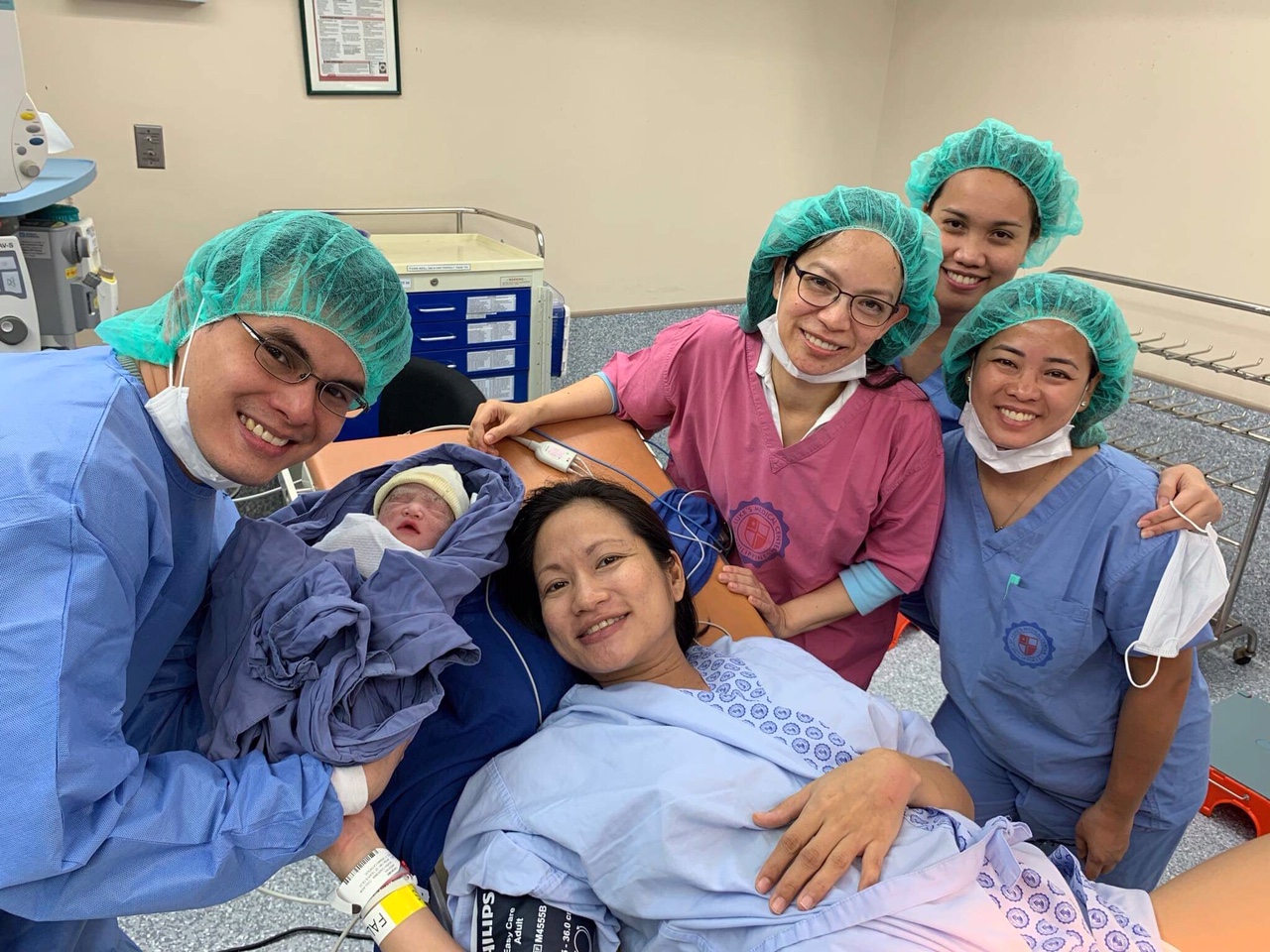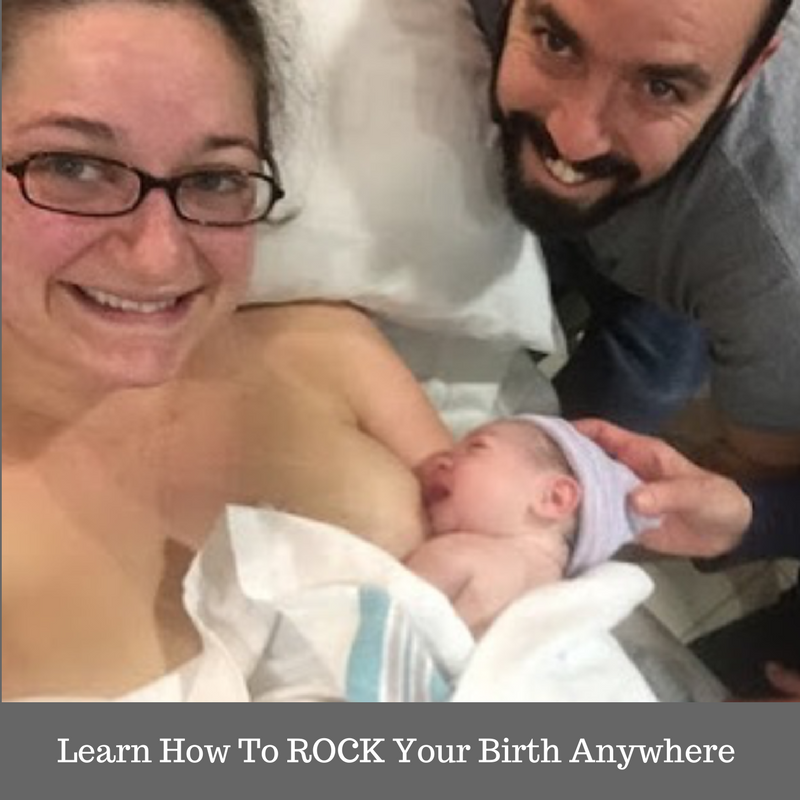How to Deal With Leg Cramps During Pregnancy
Leg cramps during pregnancy are quite common. They’re usually felt as a sudden, painful contraction or spasm of the leg muscles, and often occur at night or early in the morning. They may also be associated with a sense of uncomfortable restlessness in your legs.
Leg cramps are thought to be caused by:
A diet too low in calcium and/or magnesium
A diet too high in phosphorus
Compression of nerves or impaired circulation to the area from the growing uterus
Inadequate fluids and salt intake
Iron deficiency
Muscle fatigue from too much strenuous activity
Sedentary living without adequate exercise
Dietary Considerations for Leg Cramps During Pregnancy
Leg cramps during pregnancy are often caused by dietary factors.
Make sure you are drinking at least 64 ounces of pure spring or well water - plain, naturally flavored or sparkling - and/or herbal tea daily between meals (at least 20-30 minutes before or 2 hours after you eat.)
Anemia due to lack of iron is very common in pregnancy, and should perhaps be your first consideration. Follow this guide if anemia is suspected.
CALCIUM
Make sure your diet contains at least 1200 mg of calcium every day. Best food sources include:
Dairy products (organic fresh raw goat or sheep are best)
Fish tested free of pollutants or from non-polluted waters like sardines, wild Alaskan or Norwegian salmon and mackerel
Fresh dark green leafy vegetables such as kale, seaweeds like kelp, broccoli, watercress, parsley, collards, bok choy, turnip and mustard (but not spinach)
Ground sesame seeds (tahini)
Blackstrap molasses
Dried fruit (like dates, figs raisins and prunes)
Nuts
Organic tofu and tempeh
Bone broth
Certain herbs can also help as they supply a rich source of calcium and many other nutrients in a highly absorbable form. To make an infusion:
Combine 1 ounce each of nettle and red raspberry leaf in one quart boiling water, cover.
Soak them in a glass canning jar for 4-8 hours, strain.
Optional: add fresh lime or lemon juice, mint leaves or a dash of honey to taste.
Drink 1-4 cups daily.
For an additional nutritional boost, mix in 1 ounce of dried dandelion, ½ ounce alfalfa and/or oatstraw.
When making soup stock from bones, add 2 tablespoons of apple cider vinegar during the boiling process. This releases the calcium out of the bones and thus makes a broth rich in absorbable calcium.
Avoid alcohol, caffeine, chocolate and an EXCESS amount of salt and protein foods which interfere with the absorption of calcium or increase the amount of calcium excreted in the urine. You need NOT LIMIT salt or protein as these are essential in pregnancy – just modify your intake if its grossly excessive and use sea or earth salt to taste.
If you cannot consume a sufficient amount of calcium by diet alone, consider a calcium supplement like 500 mg calcium citrate once or twice a day with meals to enhance absorption. The amount you need to take depends on the amount that is missing from your diet.
If you take a calcium supplement, you should also supplement with equivalent amounts of magnesium, which happens to be calming and helps with other common discomforts of pregnancy like insomnia and constipation. If you experience excessively loose bowel movements, you can cut the magnesium to ½ the calcium dose. A great liquid absorbable supplement is called Natural Calm with Calcium, as it has both the magnesium and the calcium together (raspberry lemon flavor tastes yummy). Professional grade, top quality all natural supplements I recommend are available in my online holistic apothecary. Find the best supplements that have gone through my thorough screening process there. Look in the category for leg cramps or search them individually. My online dispensary is a convenient way for you to purchase my hand-picked, whole food supplements and other natural health products. Ordering is simple, and the products will be shipped directly to your home or work within a few days.
Also, reduce your phosphorus intake by reading labels and avoiding highly processed foods (like sodas, party snacks, and lunch meats) that contain phosphates.
Try eating raw foods high in vitamin E such as cold pressed oils, whole grains and wheat germ, nuts (especially almonds), seeds (especially sunflower). You may need to supplement with up to 200 IU per day as long as you are otherwise healthy and your blood pressure is normal.
Eat foods high in vitamin C, which include raw fruits and veggies, especially green leafy vegetables such as kale and collard greens, strawberries, citrus fruits, peppers, tomatoes and alfalfa sprouts. Herbal sources include nettle, dandelion, rose hips, watercress, red clover and burdock. You can supplement vitamin C with up to 1000mg twice a day until 36 weeks gestation, then decrease to 500 mg per day.
Posture and Movement
Regular moderate exercise like swimming, walking, prenatal yoga or dancing helps prevent leg cramps, as well as periodic leg elevations and stretching.
Maintain a good straight posture using proper body mechanics during daily activities such as carrying, pushing, pulling or reaching for something. This involves engaging your abdomen (corset your ribs inward, bring your front pelvic bone toward your breast bone, your belly towards your spine), and using your leg and arm muscles instead of your back.
Refrain from prolonged sitting or standing by periodically taking a break to exercise your legs.
Avoid completely extending your foot while pointing your toe, as this can trigger a leg cramp. Make sure your foot is dorsiflexed while extended, especially during leg stretching and exercise, and make your bed loosely so your toes are not pressed down by the sheets.
Keep your legs warm with knee socks or leg warmers, especially during exercise and at night during sleep. Support stockings may help in the day.
For Immediate Relief of Leg Cramps During Pregnancy
Take a deep diaphragmatic breath, by inhaling deep into your belly, expanding your ribs and chest - really stretch the inhale to your fullest capacity. Then take a huge automatic sigh of relief on the exhale, while consciously relaxing all tension. Keep up the deep breathing, and release more with each exhalation. Send breath and its healing energy to your leg cramps when you exhale. Stay very calm, present, and mindfully focus on all the details of your sensations without a mental story about them, without resisting and fighting with what is, which makes it worse. Practice consciously embracing and even intensifying the cramping, which actually helps alleviate it. See this as an opportunity to train yourself to surrender and relax with intense discomfort. It is great practice for labor and life. If you need guidance mastering the healing and transformative power of breathwork, schedule a session with me.
Also, try sitting while straightening your leg and actively flexing your toes back towards your head, using your hands or a yoga strap to help you flex your feet. This is not about bending forward and touching your head to your legs or resting it on a yoga block between them, although if you already have a practice it fells nice and calming) . It may help to exert steady pressure against your bed board or partner’s hand, or to simply stand up with your foot flat on the floor or flexed up towards your body.
If the cramp is in your foot, roll it over a roller, baseball bat or unbreakable bottle 3 inches in diameter. Some say standing on ice is effective.
Deeply massage your lower legs and feet with arnica oil, mixed with a few drops of chamomile, ginger, lemon balm, St. John’s Wort and/or lavender.
Other Healing Modalities
Herbal epsom salt foot baths - Soak your lower legs in very warm water with 1 cup Epsom Salts, and add a few drops of wintergreen, lavender, camphor and/or chamomile essential oils.
Heat - Apply a heating pad or hot wet compress, infused with a few drops of the above mentioned essential oils, to the area of cramping.
Homeopathy - Take homeopathic 6X of Magnesia phosphorica alternating frequently with Calcarea phosphorica several times a day until you feel relief. If this is a chronic problem among other pregnancy discomforts, it may be better to consult with a professional homeopath who can prescribe a safe, natural remedy specific to your individual symptoms.
Herbs - Black haw or crampbark can be taken to decrease leg cramps. Take a dropperful of either tincture as needed, up to 4 times daily. Herbal teas and tincture combinations that include ginger, catnip, chamomile, lemon balm and skullcap, taken as directed on the bottle, can also help. Reputable brands include Wish Garden, Eclectic Institute and Gaia. Aviva Romm remains one of my favorite resources for safe effective use of herbs in childbearing. She is an integrative physician, midwife and herbalist who has done extensive research and compiled the most comprehensive, evidence based reference guide I have come across called Botanical Guide For Women’s Health. She wrote a more accessible resource for moms in The Natural Pregnancy Book - which has some wonderful home made recipes, if you like to make your own remedies.
Acupuncture can work wonders. Consult an experienced acupuncturist.
Avoid commercial medications like muscle relaxants and quinine as they are not safe during pregnancy.
When Nothing Helps
If your leg cramps are extreme or persist in spite of following the above guidelines, consult your physician or midwife or schedule a consultation with me. If you are feeling overwhelmed, or do not even know what questions to ask, I can help you! Consult your local practitioner if cramps become increasingly severe or frequent, the above suggestions do not help, or if you notice an area of leg warmth, redness, swelling and/or pain. Sometimes other metabolic imbalances can be the culprit, and these may need to be investigated.
Check out my number one international best selling book Natural Birth Secrets and my Love Your Birth course- an online version of how I have helped thousands in my local practice. Both resources are unique, but each provide an in depth, one-of-a-kind holistic approach created by me, a seasoned nurse midwife of over two decades, who has seen everything! It is now recommended by midwives, physicians, health care professionals around the globe, and doulas take it for their certification training.




























































